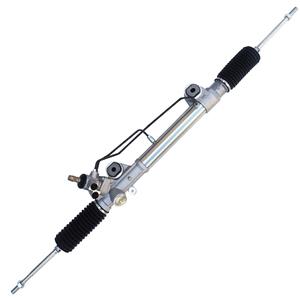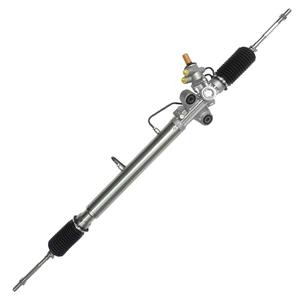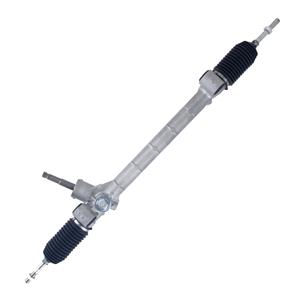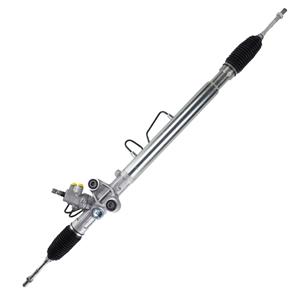-
In response to the question of "Can you replace only the rack without replacing the pinion?", the answer is usually no. This is not only because the two are closely connected in mechanical structure, but more importantly, replacing the rack or pinion alone may cause a series of problems, affecting the overall performance and safety of the steering system.
-
2002-2025
Do racing cars have power steering?
Whether a car is equipped with power steering depends on many factors, including the type of car, the nature of the competition, and the needs and preferences of the drivers. Although power steering can reduce driver fatigue and improve handling stability, it can also increase the weight and complexity of the vehicle and reduce steering feedback.
-
The answer is yes, the electric power steering system is indeed equipped with a fuse. In fact, most electronic systems in modern cars, including EPS, have dedicated fuses or relays. The main function of the fuse is to protect the circuit from damage to the system due to excessive current or circuit short circuit.
-
Chevrolet officially launched the power steering system in 1953. This time point is of great significance, marking an important step for Chevrolet in technological innovation. In 1953, Chevrolet's representative model, the Chevrolet Corvette, was launched as the brand's first two-seater sports car.
-
In 1965, Ford introduced the Ford Mustang, which became the first mass-produced American model to widely adopt rack-and-pinion steering. The launch of the Ford Mustang marked an important step for American automakers in steering technology and also represented the increasing demand for better handling in the U.S. market.
-
some manufacturers recommend replacing the steering fluid every two years or every 40,000 to 50,000 kilometers. Owners should first refer to the recommendations in the vehicle manual and follow their instructions for replacement.
-
Advantages of hydraulic power steering system: Provides stable and powerful steering assistance Sensitive feedback and precise control Strong adaptability, suitable for a variety of vehicles High stability and reliability Relatively low cost Disadvantages of hydraulic power steering system: Low fuel efficiency Large volume and increased weight Complex maintenance and many vulnerable parts Inferior control feel to mechanical steering High noise
-
Signs that you need power steering fluid include: 1. Steering wheel becomes heavy 2. Steering wheel makes strange noises 3. Steering wheel is slow to return to center 4. Check fluid level indicator 5. Steering wheel vibrations 6. Hydraulic fluid deterioration 7. Fluid leakage 8. Decreased steering performance
-
The operation between the rack and the pinion depends on adequate lubrication. When the power steering fluid is exhausted, this lubrication function fails, resulting in excessive friction between metal parts and abnormal wear. The gear portion of the rack will be damaged due to direct contact, and eventually the steering rack will fail.
-
When the fluid is insufficient, the system cannot generate enough pressure, causing the steering wheel to become heavy or lose power. Insufficient hydraulic pressure usually causes the driver to use more force when steering, which is particularly noticeable when driving at low speeds or parking.




